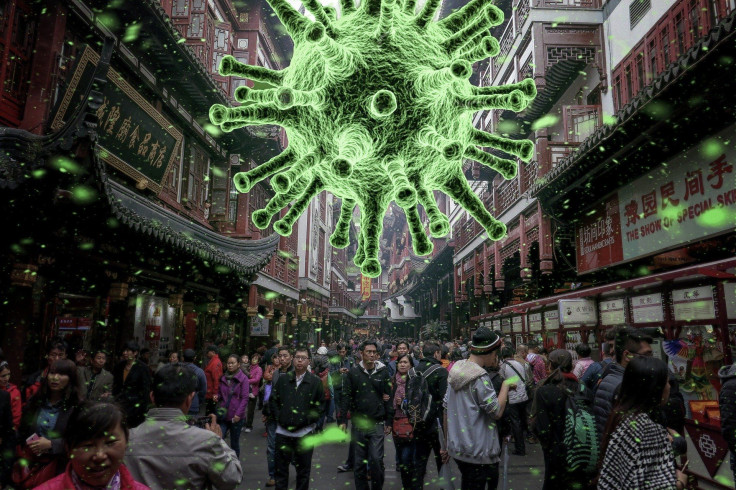Scientists looking into the COVID-19 virus's origins recently discovered that the disease's genetic sequences from last year's early cases in Wuhan were unexpectedly deleted from an online scientific database.
One researcher from Seattle started digging through Google Cloud files and retrieved 13 of the original sequences. The discovery adds to the puzzle of establishing when and how the virus could spread.
The study, which was published on Tuesday, supported the assumption that different coronaviruses were spreading around Wuhan before the initial outbreaks in December 2019 involving animal and seafood markets. While President Joe Biden's administration continues to look into the virus's origins, the latest data do not confirm or refute the lab leak idea.
However, the research reveals that Chinese officials allegedly removed the sequences and questioned why they did so. Scientists believe the discovery could lead to further information and that there may be more on the internet to explore.
According to The New York Times, the discovery of the deleted sequences is a major finding that significantly develops the effort to understand the origins of the COVID-19 virus. Michael Worobey, an evolutionary biologist at the University of Arizona, said, the discovery of the deleted sequences is a major finding that greatly advances the effort to understand the origins of the COVID-19 virus.
Jesse Bloom, a virologist at the Fred Hutchinson Cancer Research Center, said it's plausible that Chinese scientists removed the sequences to conceal their existence. Bloom and Worobey are part of a group of outspoken experts that have called for further research into the epidemic in the past.
During the early stages of the epidemic, the World Health Organization (WHO) relied extensively on coronavirus sequences. Bloom went on to look into the details of virus sequences submitted to the Sequence Read Archive (SRA) before Mar. 31, 2020. Ming Wang of Wuhan University's Renmin Hospital led a study that he later discovered.
The study was uploaded as a preprint on medRxiv on Mar. 6. On Jun. 24, it was published in Small, a journal devoted to materials and chemistry. The study covered some of the first COVID-19 cases in Wuhan, as well as the virus's unique alterations, although it was still incomplete.
Bloom discovered SRA backups of material on Google Cloud as a result of his continued inquiry. While rummaging through the storage, he came upon some of Wang's team's first data submissions. According to Science Mag, Bloom said the viruses Wang's team detected were most likely progenitors due to the absence of three mutations from the early sequences he discovered.
Bloom said the newly discovered sequences were three steps closer to coronaviruses found in bats than those found in the Huanan fish market. According to him, the discovery indicated that the original virus was circulating in Wuhan before the first recorded cases at the seafood market.
Bloom stated that his research had significant flaws, claiming that the sequences he discovered were only incomplete and provided no information on when or where they were obtained. According to Live Science, determining the timing and location of the COVID-19 virus's inception is critical.

© 2025 Latin Times. All rights reserved. Do not reproduce without permission.





